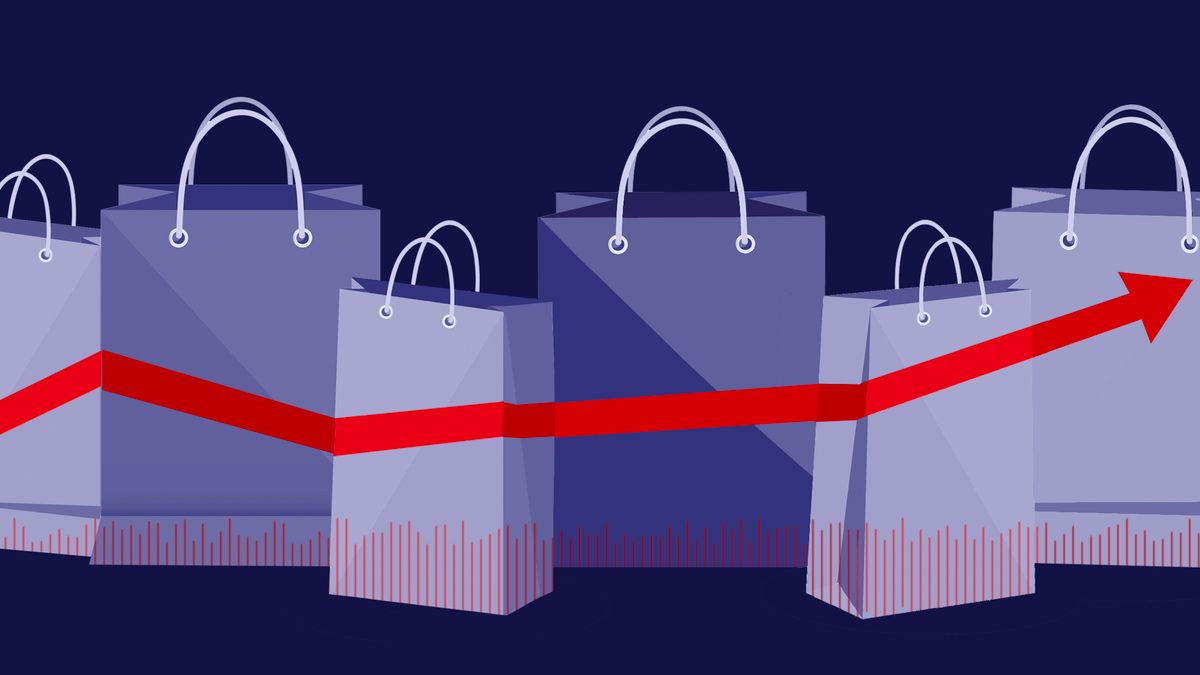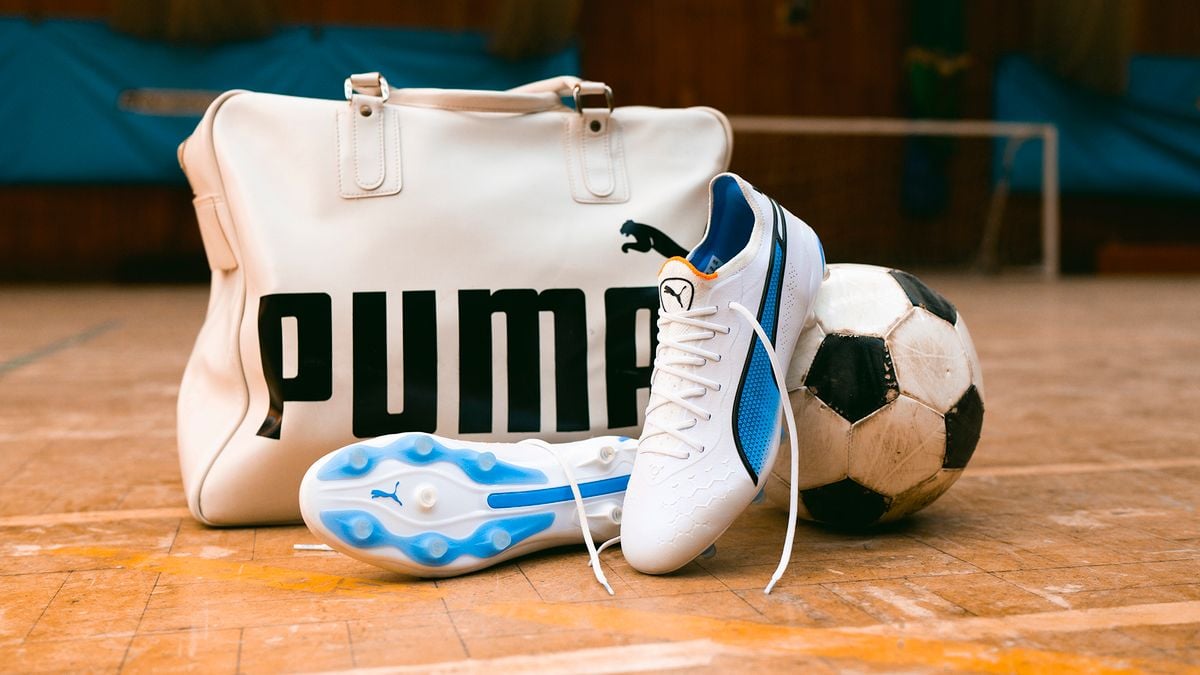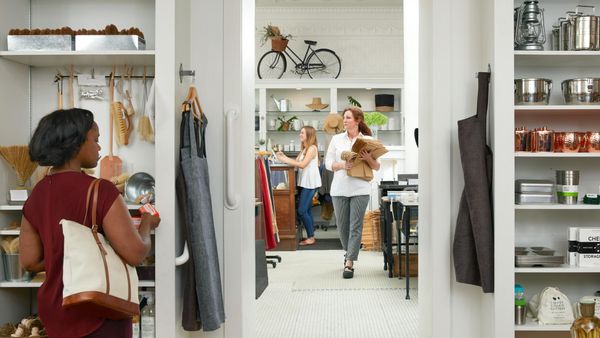This opinion piece was written by Michael Brown, a partner in the consumer and retail practice of global strategy and management consulting firm Kearney; Suketu Gandhi, a partner in Kearney's strategic operations practice; and Cara Cole and Natalie Shield, both principals in the firm's consumer and retail practice. Views are the authors' own.
It could take the better part of the next five years for retailers to absorb and integrate the acceleration of e-commerce into a new operating model that matches pre-pandemic retail profitability. With 2020 having drawn to a universally unlamented end, retailers are eyeing 2021 with what can only be described as wary optimism.
If last year proved crippling or even fatal to some retailers — many in the apparel and luxury categories, for example — it was an unexpected godsend to others, including supermarket operators, chain drugstores, mass merchandisers, DIY stores, personal electronics stores, home goods retailers and office supply stores.
In a perfect world, retailers in hard-hit categories would recover once COVID-19 vaccines are broadly distributed, and retailers who prospered in 2020 would continue to build momentum in 2021. But this is far from a perfect world. Radical strategies are needed around consumer engagement, now, to get back to pre-pandemic profitability — and even then it could take up to five years.
Strong sales results can cover a multitude of sins
2020 forced most retailers to focus on critical logistics, from acquiring high-demand products in the face of widespread consumer hoarding to new distribution strategies to get products into consumers' hands, car trunks or homes. On some levels, too many of retailers' bad habits, such as operating in functional silos and adding operational costs without reinventing the operating model, were reinforced while too few good new habits took their place.
Last year saw sweeping changes across almost every department in retail organizations, in many cases reinforcing the already impenetrable walls of existing functional silos. But in what we are calling the "No Normal" — this period of continuous disruption, in which traditional practices become liabilities, not assets — it is mission critical for retailers to break down silo walls and create a totally connected operating network.
In 2020, many brick-and-mortar retailers layered more expensive e-commerce offerings and new customer service options, from curbside pickup to home delivery, on top of normal business operations, putting pressure on their already-stressed profit margins.
As retailers evaluate their business results from 2020, they will see that growth of e-commerce sales (up 40.3% from 2019) has diluted their margins. The increased costs associated with e-commerce didn't magically reset when the clock struck midnight on Dec. 31 — these costs are here to stay, along with new consumer shopping patterns and demands.
From 'Happy New Year…?' to 'Happy New Year!'
Brick-and-mortar retailers, regardless of category, need to adopt new strategies if they hope to become or remain profitable in 2021. Future success demands that physical retailers reinvent themselves, address flaws in old thinking and execution, and creatively redefine their future. Brick-and-mortar retailing needs a fundamentally new approach to its operating model and profitability, anchored by three strategies:
Strategy 1: Close or optimize stores to increase sales
-
Optimize your store network by using data to define the role of each store and deploy store formats that work with e-commerce to boost profitability in each trade area.
Strategy 2: Use digital means to connect on a more human level
-
Redefine your customer journey map to include in-store digital technologies, erasing the boundaries that separate digital and physical to deliver more personalized consumer experiences and drive increased sales and profits.
Strategy 3: Pay associates more to increase sales and profits
-
Enable your store employees to control their professional destiny by redrawing their roles, scope, and engagement to unlock their commitment and ability to contribute to the bottom line.
While each of these strategies can be effective in isolation, the real magic happens when they're deployed together. By addressing store network effectiveness, creating seamless consumer experiences and engaging store employees in new ways, retailers can unlock occupancy costs and labor costs while delivering a better consumer experience.
Is there any winning in the 'No Normal'?
Why focus on these strategies? In the coming year, 2020's winners will find themselves stuck facing declining volumes and heightened consumer service expectations formed during the pandemic. Exacerbating the problem is that, COVID-19 or no COVID-19, retailers are ultimately evaluated on comparable sales and performance.
With consumers returning to restaurants in fits and starts and therefore gradually eating in less, suddenly not hoarding PPE or Lysol wipes, and having finished many months of home improvement and remodeling projects, those comps are going to be harder and harder for grocers, mass merchandizers and home improvement retailers to achieve.
Retail's COVID-19 experience has been a double-edged sword. Stores that have remained open throughout the pandemic, such as supermarkets and mass merchants, have seen unprecedented sales increases with the accelerated e-commerce growth and channel shifting. Retailers that were forced to close stores or operate under limiting regulatory constraints, and/or were unable to leverage e-commerce tools, have seen their sales decline by up to 89%, the U.S. Census Bureau reports.
The combination of the drop in sales and the shift in channels has been disastrous for many retailers. More than three dozen major retailers declared bankruptcy in 2020, and the casualty list is expected to continue growing into 2021. Yet the failure of some physical retailers isn't the same as the failure of physical retailing as a whole.
The switch to digital platforms mirrored evolving changes in consumer behavior, but it isn't the only change that promises to be permanent. Online shopping was one of the quarantine habits consumers told us they were most likely to continue post-pandemic. According to data from Kearney Consumer Institute's July 2020 COVID Study, 78% of consumers are shopping online during the pandemic and 73% expect to continue doing so after COVID. Thirty-five percent of respondents expect to continue using buy online, pick up in store services post-COVID and 26% expect to keep using curbside pickup.
Conclusion: New year, new possibilities, new era of consumer engagement
Our three strategies for reimagining physical retail are grounded in engaging consumers how, where and when they want to be engaged. Adopting these strategies will require a radical change in retail mindsets and store operating models — one that engages associates and fully integrates both shoppers' and employees' digital experiences.
Brick-and-mortar retailers that did well in 2020 may be 2021's biggest losers unless they scramble to create sustainable business and operational models that can hold or increase margins once COVID-driven artificial demand vanishes. Pandemic or no pandemic, retail success is never guaranteed; it has to be earned each and every day, which requires a continuous effort both in creating new strategies and working hard. As life begins to normalize, those retailers that lost in 2020 should be warned not to confuse augmented 2021 sales with sustainable, healthy, organic growth. Like the winners, they too will need new strategic models if they hope to survive in the "No Normal" competitive future.






















